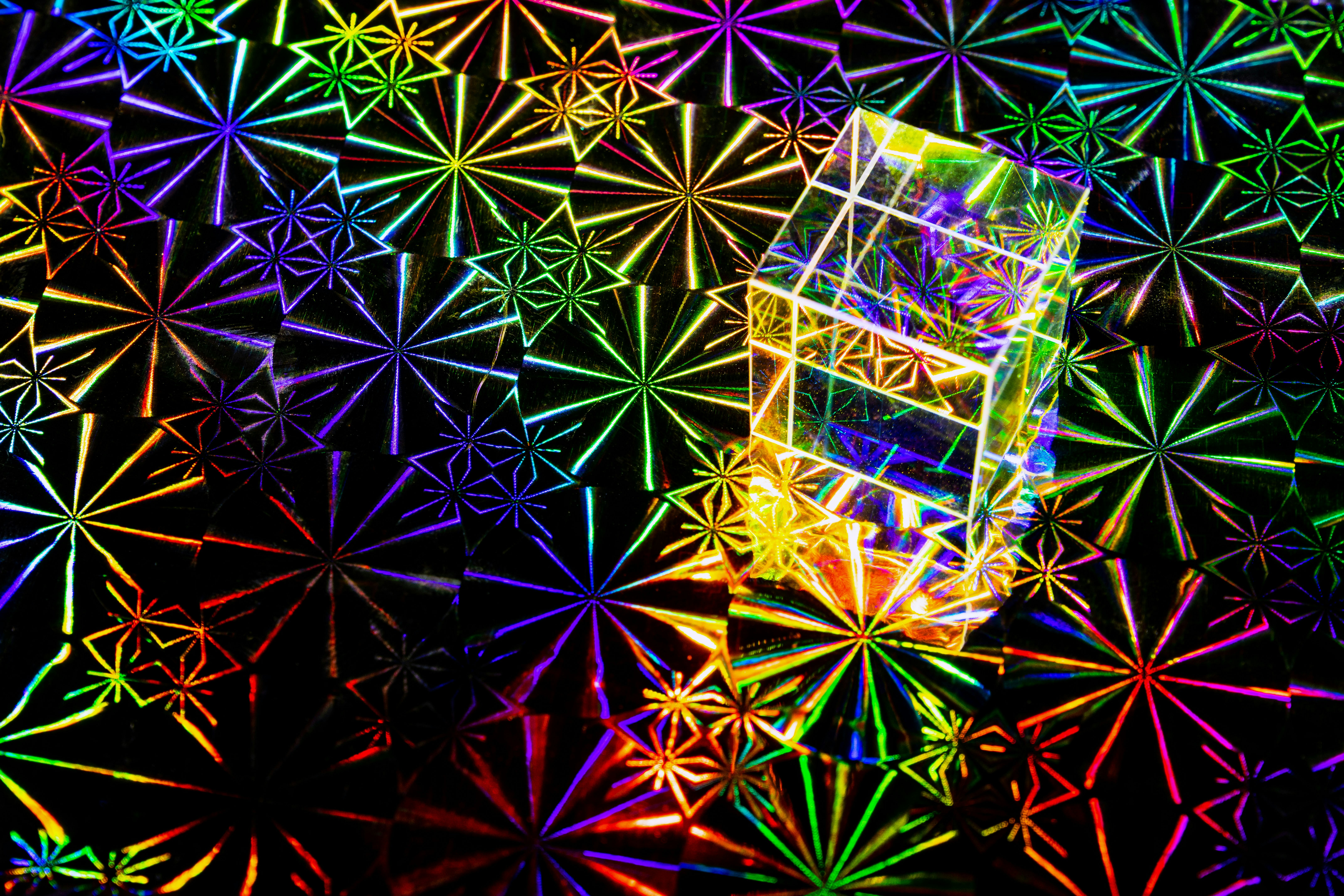Unlocking the Potential of Blue Light Therapy for Wellness
Have you ever wondered how our bodies react to different types of light? Our relationship with light is more profound than we might initially think. This article delves into the science and potential health benefits of a particular type of light therapy - blue light therapy.

The Science of Light and Health
Light plays a crucial role in our overall well-being. Most of us are familiar with the concept of circadian rhythms, our internal body clock that regulates our sleep and wake cycles. Light, especially sunlight, plays a pivotal role in maintaining these rhythms.
Over the years, scientific research has uncovered the effects of different light wavelengths on our health. Among these, blue light has emerged as a particularly interesting area of focus.
What is Blue Light Therapy?
Blue light therapy involves exposure to light in the blue wavelength range. This type of light is a part of the visible light spectrum that can be seen by the human eye. It has a shorter wavelength, which means it carries more energy than other visible light types.
Blue light therapy is a non-invasive procedure, which means it doesn’t involve any cuts or needles. It’s typically used to treat certain types of skin conditions, but research suggests it might have broader applications.
Benefits of Blue Light Therapy
One of the most well-known uses of blue light therapy is in the treatment of skin conditions like acne. The light can kill bacteria on the skin that contribute to the development of acne.
Additionally, preliminary research points towards potential benefits in treating mood disorders. Exposure to blue light can help regulate sleep patterns, which can significantly improve mood and overall mental health.
However, it’s important to note that while these benefits are promising, more research is needed to conclusively establish the full range of blue light therapy’s potential.
The Other Side of the Coin: Risks and Considerations
Like any treatment, blue light therapy is not without its risks. Excessive exposure can potentially damage the eyes and skin. It’s crucial to use this therapy under the guidance of a trained professional to minimize these risks.
Fascinating Insights into Blue Light Therapy:
-
Blue light therapy can also be used to treat Seasonal Affective Disorder (SAD).
-
Some studies suggest that blue light can help increase alertness and cognitive performance.
-
Interestingly, our digital screens also emit blue light. This is why excessive screen time can disrupt our sleep cycles.
In conclusion, blue light therapy, like many emerging treatments, presents an intriguing blend of potential benefits and risks. While it has shown promise in treating various conditions, it’s important to approach it with caution. As with any health-related decision, it’s best to consult with a healthcare professional before initiating treatment.
This exploration of blue light therapy underscores the interesting ways in which we’re still discovering the relationship between our bodies and the world around us. As we continue to delve into these connections, who knows what exciting health and wellness breakthroughs the future may hold?





